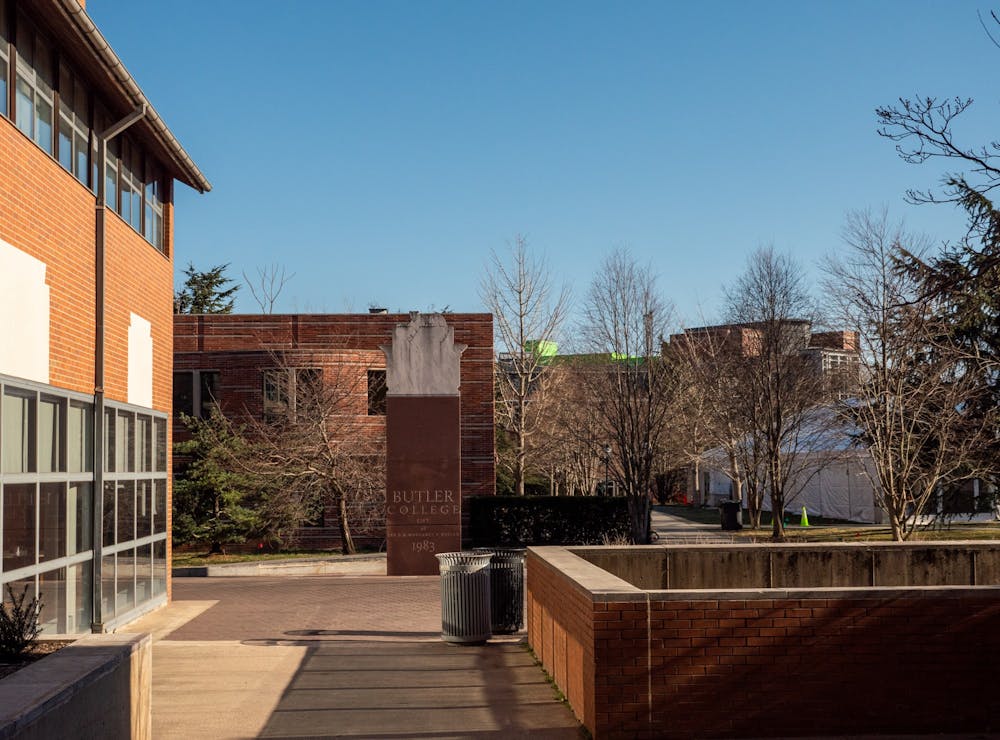Returning to campus as a Butlerite this winter, I was particularly disappointed by the closure of our adopted center of residential life, Wilcox Hall. We had made fun of Wilcox Hall with its 60’s style, too-colorful interior and the funky smell that never went away. It was tacky. It was ugly. But it was our home. In its upstairs J Street Library, we rushed to finish our readings before precept. In its basement, I weathered a hurricane on the first day of freshman-year classes. And in 1968, a group of students known as the Woodrow Wilson Society shared meals in the dining hall when Princeton’s residential college system was first born. With the demolition of Wilcox Hall at the end of the semester, these memories will fade as the physical building in which they were made ceases to exist.
Buildings are far more than just stone and brick. Their shape, color, smell, and presence define a place’s heritage. These places are a physical manifestation of the countless memories made in them. That’s why Firestone preserves three enclosed study lockers from the ’40s on the B level — Princeton alumni can return year after year to see the places where they ground out their senior theses. Demolishing and replacing buildings inflicts irreparable damage to institutional memory.
Others have written in support of campus construction: columnist John Raulston Graham ’24 has claimed that major construction projects are an important part of modernizing the university. In his column, Graham quotes the plaque under 1879 Hall arch that reads “you are a part of Princeton. Princeton is a part of you. We are only here for a brief time, but Princeton endures.” However, how would we know that Princeton “endures” if it is physically unrecognizable? We have watched the center of campus be stripped brick by brick, soon to be replaced with modern buildings that have no resemblance to old First College nor the history it carried. We should be connected to the history that came before us and the future that will be made through the physical spaces we occupy and of which we speak.
Graham argues that architectural diversity, rather than the strictly Collegiate Gothic buildings north of campus, illustrates Princeton's full history. Although I personally prefer the Collegiate Gothic architecture that blends in seamlessly to the natural environment to the cookie-cutter rectangular buildings and artificial bright pink statues that make Yeh and New College West resemble a tech company, I recognize the value in a campus that boasts a wide array of architectural styles reflecting different trends in the last 300 years. This time, however, rather than simply adding new buildings, old buildings are being demolished to be replaced with new ones. Once First College is knocked down, there will be no way to get it back.
I wouldn’t mind returning to campus as an alum to see new buildings. New projects are a reflection of the times and needs of the growing student body. What I do mind is the prospect of returning to campus and no longer recognizing the dorm buildings where I played cards, the halls where I partied, and the libraries in which I spent hours writing. My memories are intimately tied to the physical spaces in which they occurred. Of course, the University will always have to renovate buildings that are decaying from age, but it is wasteful and damaging to knock down perfectly stable buildings to modernize the style. Heritage is formed not by removing and remodeling the past, but by maintaining it.
Julianna Lee is a sophomore and prospective politics concentrator from Demarest, N.J. She can be reached by email at yl34@princeton.edu.








